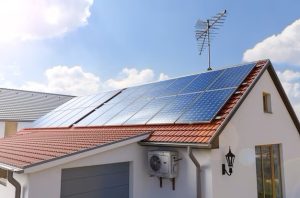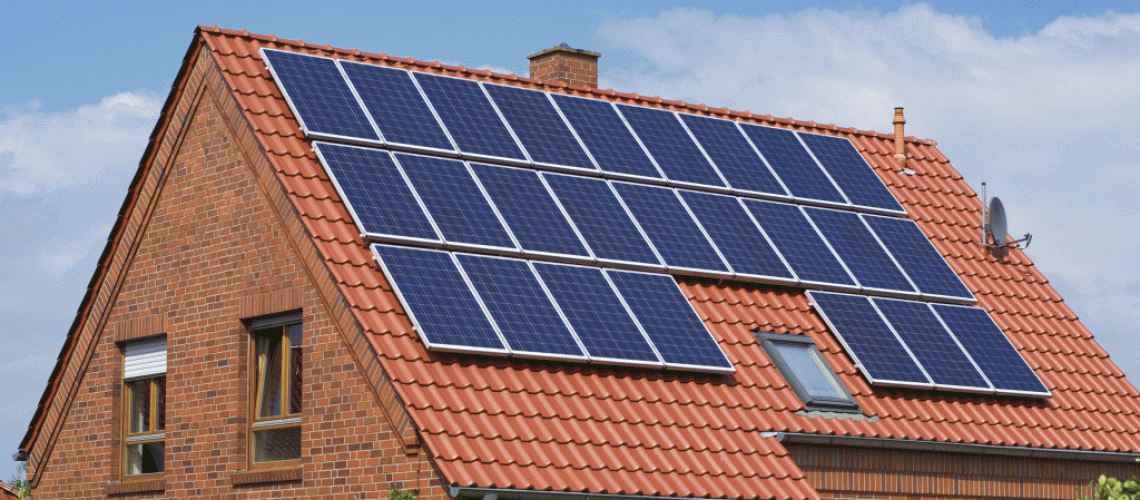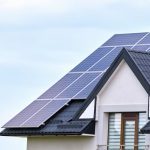Solar panels continue to provide a popular alternative energy option for green-conscious homeowners. Homeowners interested in cost-cutting technologies also choose this option to generate their electrical needs. Even the White House uses solar panel energy. How do solar panels work? Let’s take a look.
How Are Solar Panels Made?
So glad you asked! Solar panels employ a creative design of silicon cells, metal framing, glass casing, and wiring.
Solar Panel Casing And Layers

Silicon Solar Panel Cells
Silicon, a nonmetal element that is very conductive, provides an essential component for solar panels. The nitty-gritty part of the system, the silicon cells, can have two different structures: monocrystalline and polycrystalline. The monocrystalline structure, made of one single silicon crystal, allows the electrons more “room” to move about. The polycrystalline structure is manufactured with shards or fragments of silicon crystal. Both structures function well. However, the monocrystalline is more efficient. As a result, it is also more expensive.
How Do Solar Panels Harness Sunlight?
Despite what you might think, using sunlight to generate electricity evolved long before the 21st century. A French scientist named Edmond Becquerel first discovered the photovoltaic effect in 1839. He observed that sunlight absorbed by material created an electric voltage. Other scientists built on this principle, and in 1883 Charles Fritts created the first solar cell. Those early efforts spurred more investigation into solar energy use resulting in the systems we enjoy today.
Solar Panel PV Cells
The panels absorb sunlight using photovoltaic cells (PV cells). The cells have two distinct layers: negative and positive. Sunlight entering the PV cells generates an electric field between these two layers. The energy produced at this phase is direct energy or DC current. Our homes and energy grid run on alternating current or AC energy. This means the DC energy must be converted to usable AC energy.
Solar Panel Inverters
The system utilizes an inverter to perform this transition. The inverter serves as a bridge that transforms the DC energy into AC energy, which can be used for the home. There are three basic types of inverters:
- String Inverter
- Microinverter
- Power Optimizer
The string inverter is the most basic model. The microinverter works for more complicated systems that require higher performance levels. The power optimizer does just what its name suggests, meaning it can be used as an add-on to the other inverters if needed.
How Do Solar Panels Work at Night?








